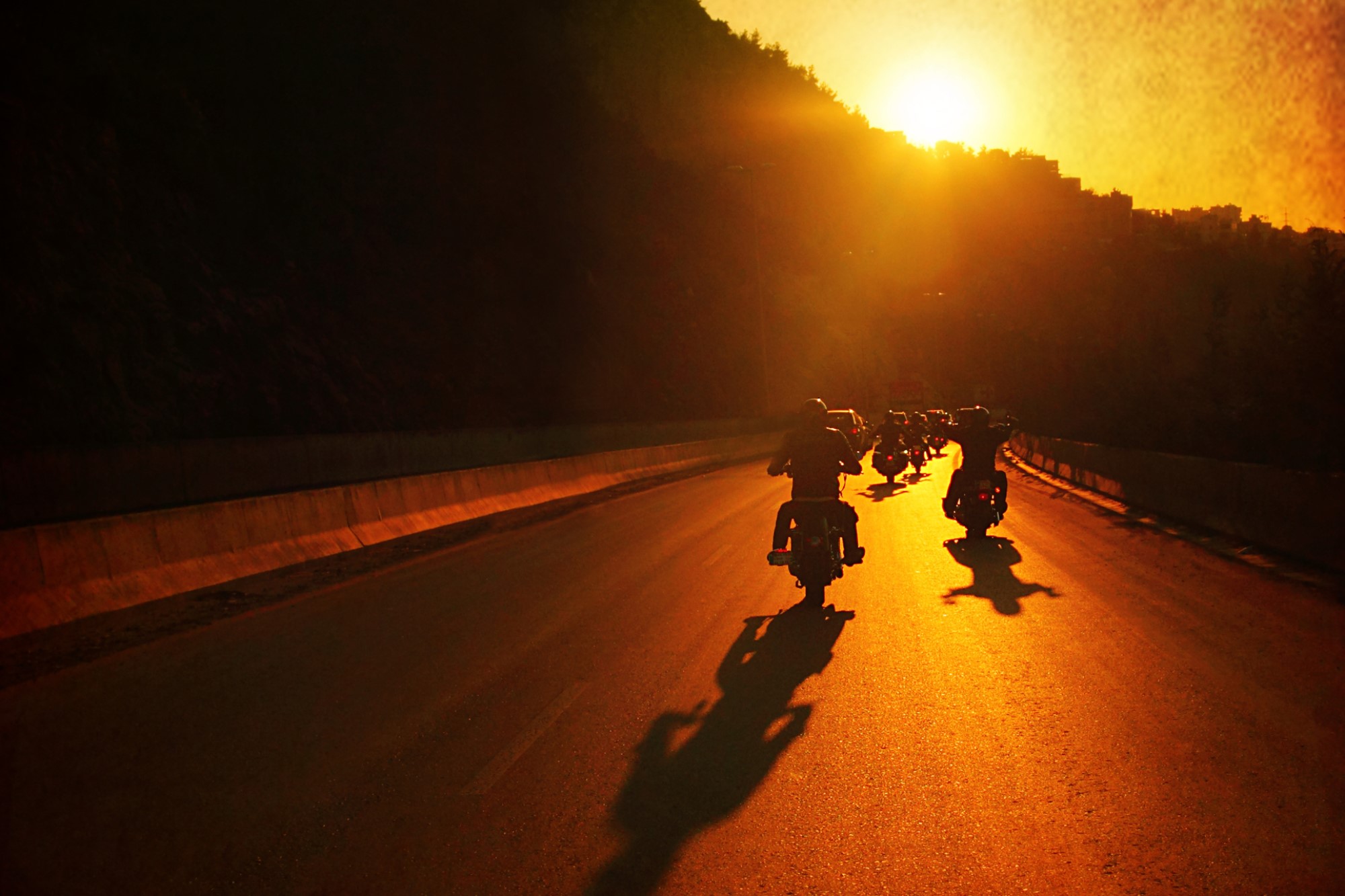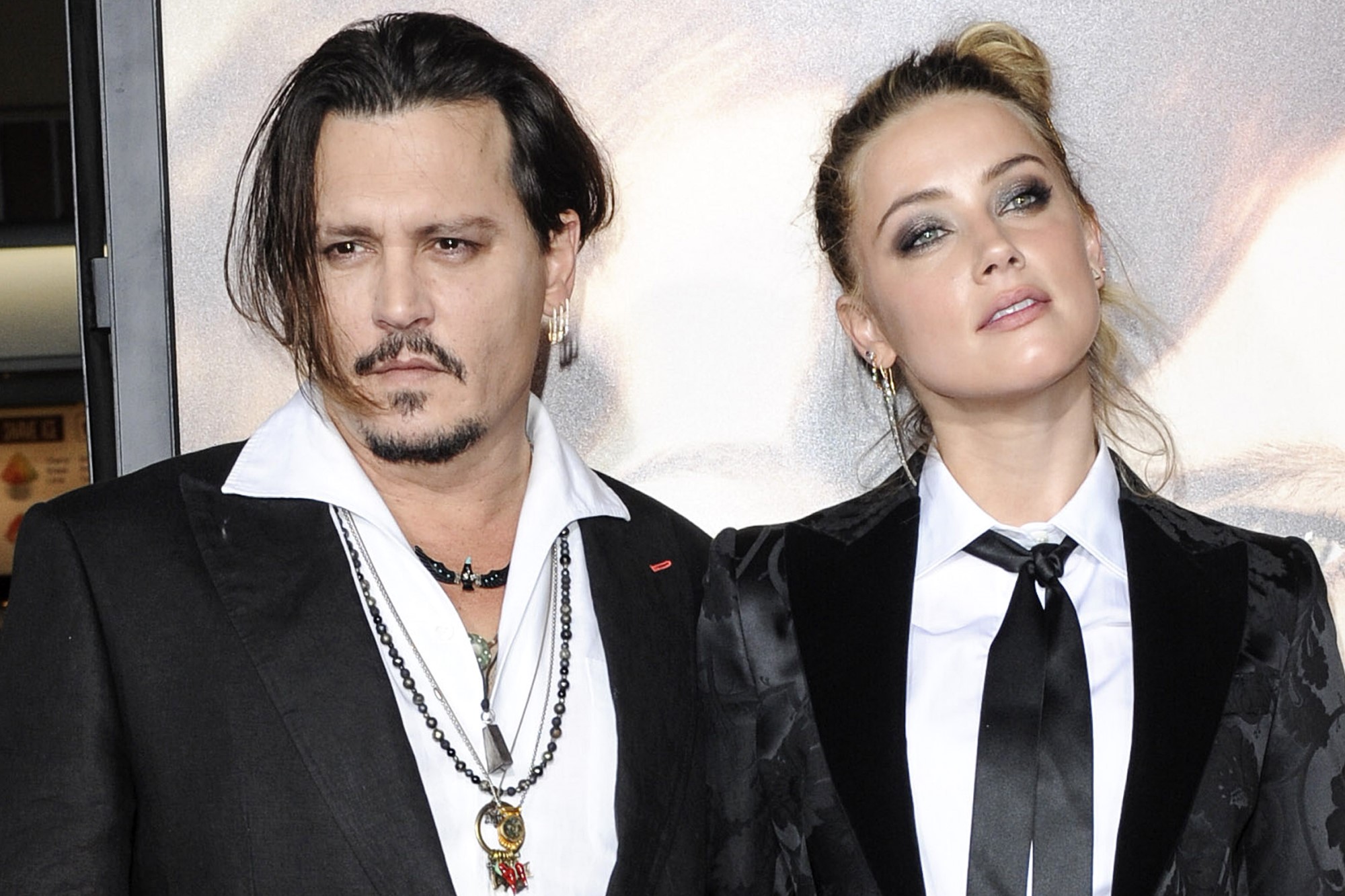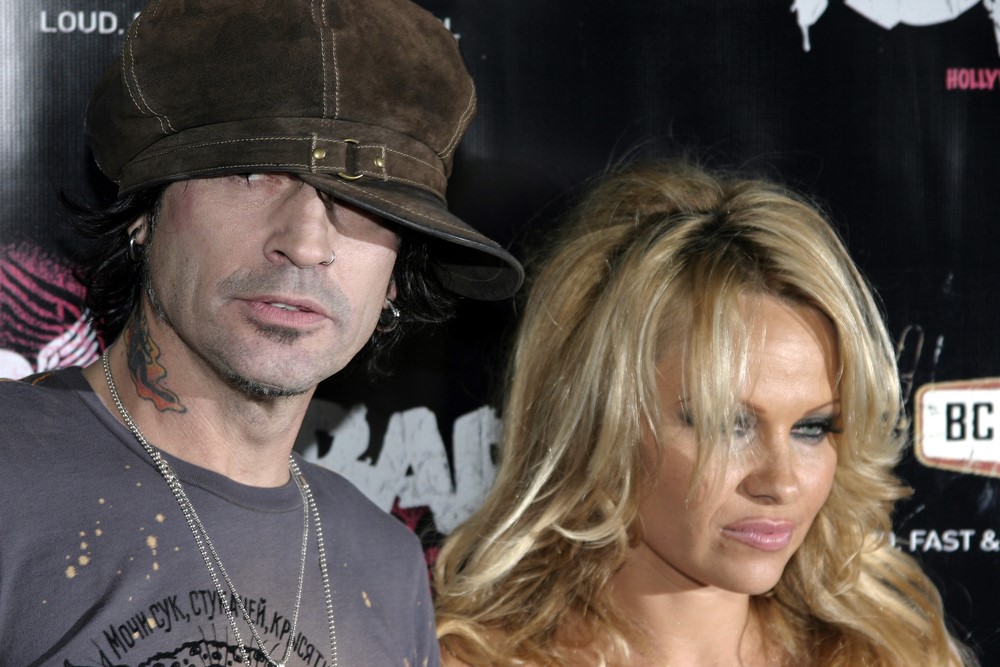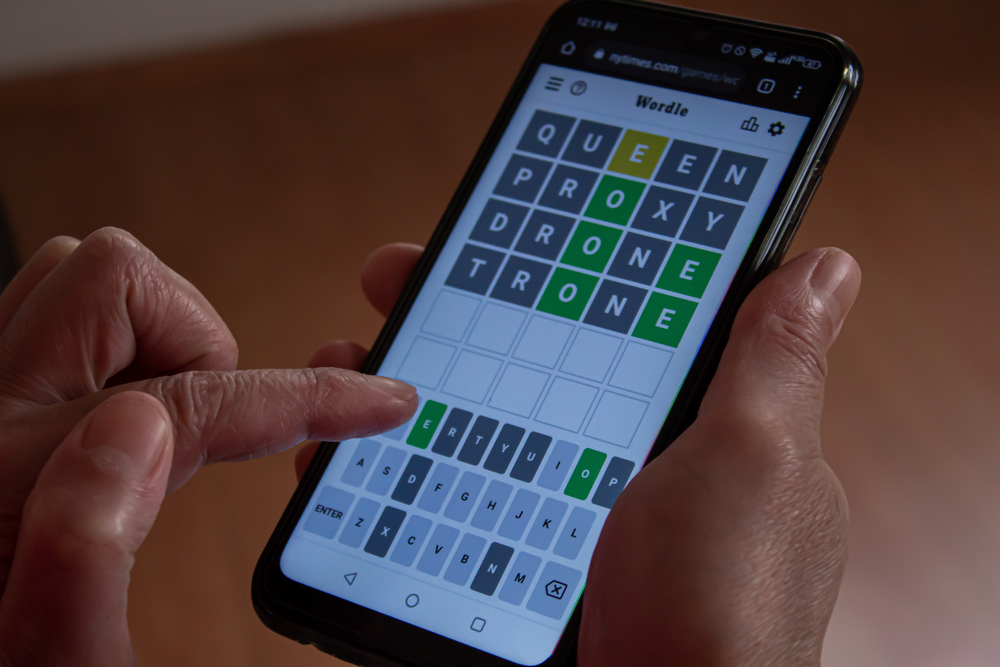Art, Death, and Experience
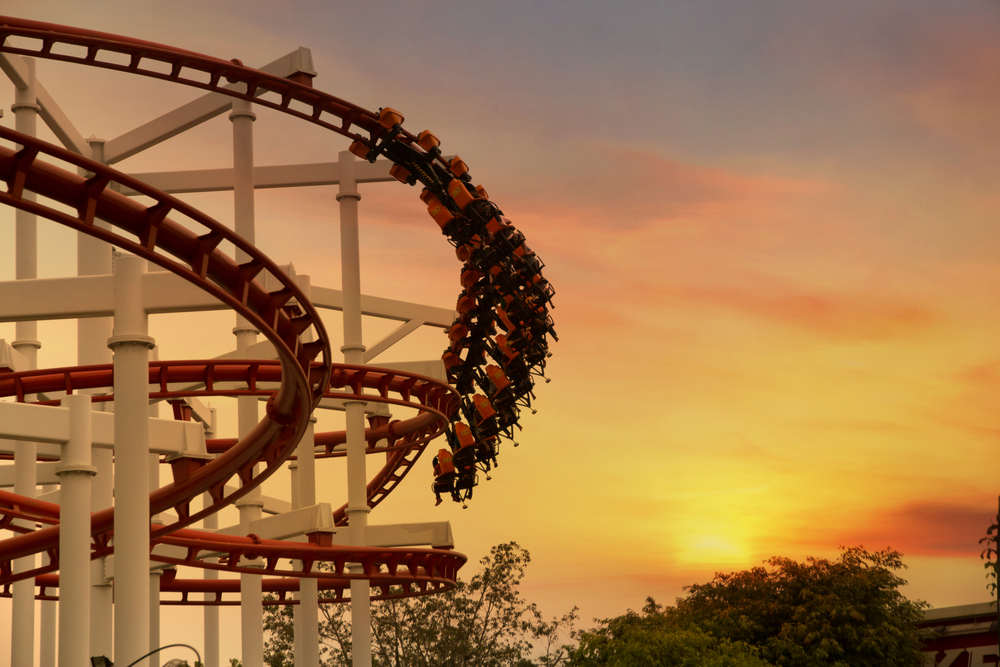
In 2010, Lithuanian artist Julijonas Urbonas created a work of conceptual art that posed, and continues to pose, a fascinating challenge to contemporary notions of death. The piece is called the “Euthanasia coaster,” represented materially by a small model of a roller coaster made of thin wire. Described on Urbonas’ website as “a hypothetic death machine in the form of a roller coaster,” the machine is “engineered to humanely–with elegance and euphoria–take the life of a human being,” or more accurately, twenty-four human beings at once.
Urbonas is right, the model does have an austere elegance. The tracks rise in a narrow but staggeringly tall parabola, then plummet back to the ground, finishing in a series of loops that grow smaller and smaller until the ride is over. The loops generate enough centrifugal force that the passengers are deprived of oxygen quickly enough to die before the car reaches the end of the line.
When we talk about medically-assisted suicide, we usually ask whether or not the terminally ill have the right to humane euthanasia. A far less common but no less interesting question, which takes for granted the notion that those who wish to die have a legal right to do so, is whether or not euthanasia in a clinical hospital setting is the best way to aid the suffering. Has the ritualistic and cultural significance of death been eroded by our efforts to be humane, and are there ways to restore that lost meaning to our final moments?
It’s easy to be put off by the idea of death by roller coaster. Urbonas was partly inspired by his stint working at a theme park, but to many, hopping on a coaster may seem a flippant or macabre way to spend one’s last moments. However, the roller coaster is a very polyvalent symbol, especially in relation to death. It isn’t a space for quiet reflection, like a hospice, but a visceral experience of power and speed. It’s also a communal experience, which reminds us of how often death is a solitary experience in the modern world. There also may be meaning in the form of the coaster; tall, sloping coasters often resemble mountains, which have long been associated with divinity (Mount Olympus is just one example), and the idea of ascending to one’s death has parallels in many world religions.
Perhaps most importantly, the ride creates an increased sense of bodily awareness in the participant, just as the body is about to die. You give up bodily control to the track, but you get something in return: terror and ecstasy. These words, terror and ecstasy, are often linked in the ancient Greek tradition of death. Through this piece, Urbanos seems to suggest that we have lost touch with that older tradition, and exchanged the vitality of full acceptance for sterility.
The idea of death as a machine is bound to make us flinch. The guillotine, which has inspired terror and revulsion for centuries, is a machine of death inspired by Enlightenment values. It kills with cold, rational efficiency, and in many ways, Urbanos’ coaster is the anti-guillotine. His work is about joy rather than rationality, and though it may involve a kind of spectacle, like the guillotine, it’s less about efficiency and more about the bodily experience of the deceased. His work also reminds us that we live in a culture where death and mourning are relegated to private spaces. Roller coasters are hulking monuments that dominate the landscape, and their silhouette of sprawling rib-like tracks are unmistakable from a distance. Death is not hidden in Urbanos’ work, but forced out into the open.
It is, of course, just a conceptual experiment. Urbanos has no plans to actually build his roller coaster of death, as the legality (and ethics) of the machine would be highly questionable. But his art still raises many questions about how we experience death, and whether or not we should expand the options available to those suffering from terminal illnesses. The solution to their plight isn’t to build a macabre theme park, but to question our understanding of death as unspeakable and unthinkable.

